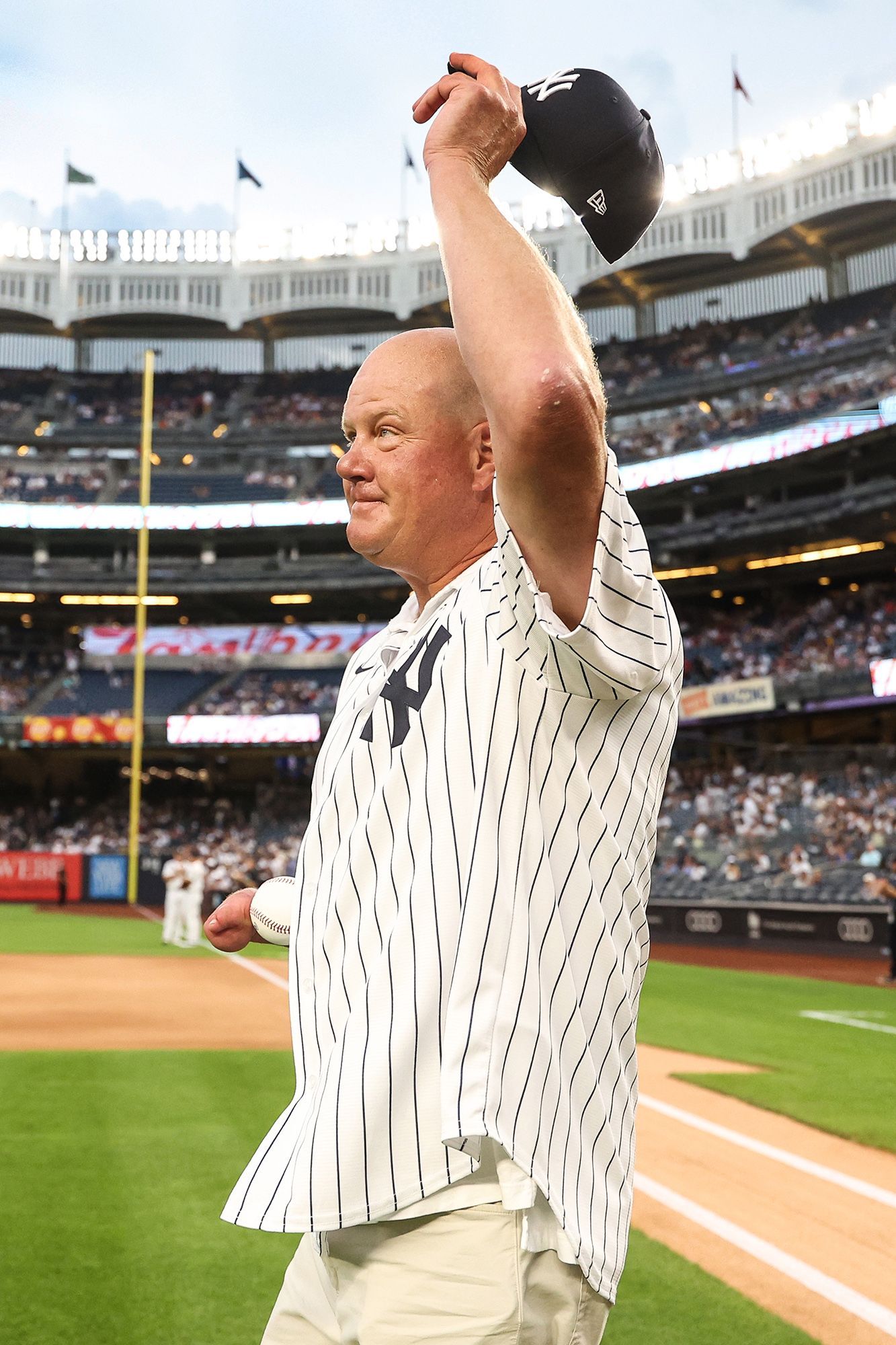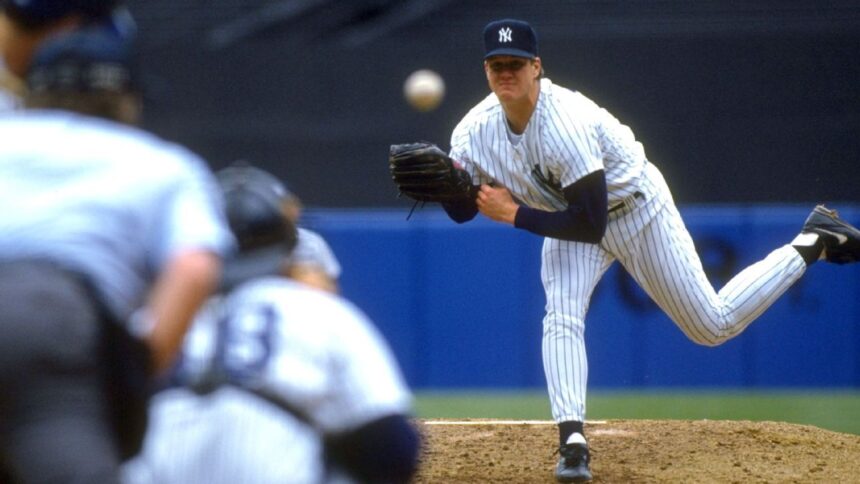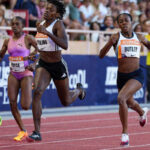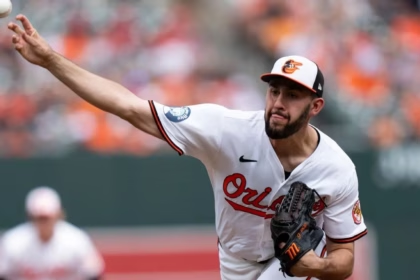Jim Abbott: Beyond the Diamond, a Legacy of Hope
In the world of baseball, few names resonate with the strength and significance of Jim Abbott. His story, marked by overcoming challenges and inspiration, transcends the sport and reaches the deepest parts of the human heart. Recently, Abbott reunited with his old friend Tim Mead to revive an extraordinary chapter of their lives: the avalanche of letters and photographs they received during the 80s and 90s. The letters, handwritten by children from across the United States, Canada, and beyond, reveal a deep and personal connection. One child wrote: “I also have a hand. … How do you feel about having a hand? Sometimes I feel sad and sometimes I feel good about it. Most of the time I feel happy.” Another letter said: “I want to be a doctor and seeing you makes me think I can be what I want to be.” For four decades, Mead worked in communications for the California Angels, and his role took on a unique dimension when Abbott was recruited in 1988. The media attention was intense, but what they didn’t expect was the number of letters they would receive, thousands of them, from children who, like Abbott, were different. Parents and grandparents sought hope and guidance.“I know you don’t consider yourself limited in what you can do… but you are still an inspiration to my wife and me as parents. Your success helps us when we talk to Andy in those moments when he is a little frustrated. I can point to you and assure him that there are no limits to what he can achieve”.
Father of a child who wrote to Jim Abbott
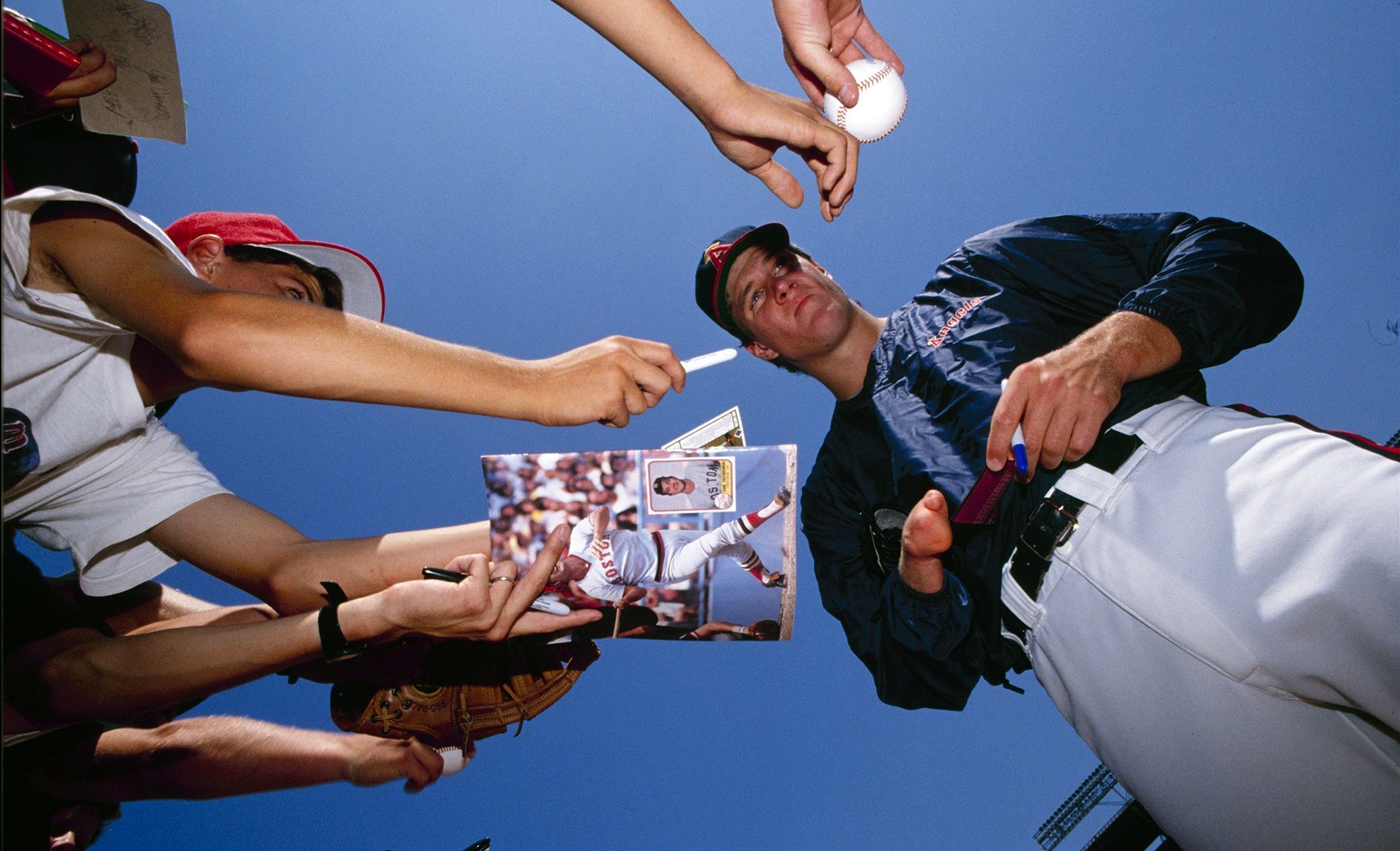
One of the most touching letters was from Tracey Holgate, an 8-year-old girl who wrote: “My name is Tracey Holgate. I am 8 years old. I also have a hand. My grandfather gave me a picture of you today. I saw you on television. I don’t know anyone with a hand. How do you feel about having a hand? Sometimes I feel sad and sometimes I feel good about it. Most of the time I feel happy”.
Today, Tracey, now called Dupuis, is a teacher and mother of four. For her, Jim Abbott represents much more than an answer to her letter or an autographed photo. “He allowed me to feel that I am not alone, that there are other people who have differences and have overcome them and have been successful.” The impact of Abbott is still relevant. Among the professional athletes who were inspired by him are Shaquem Griffin, the first NFL player with one hand, and Carson Pickett, who became the first player with a limb difference to play for the United States women’s national soccer team. Nick Newell, professional MMA fighter, met Abbott as a child and idolized him. “I saw someone on television who looked like me. And I saw this guy playing baseball and it was good to see someone who looked like me, and I saw him in front of the world,” says Newell. Griffin, Pickett, and Newell are just three of the many who were inspired by Jim Abbott.
Abbott, when asked if he ever felt overwhelmed by being a role model, responds that he didn’t, although he acknowledges that it wasn’t always easy. “There were times when I didn’t want to go to meetings… but those reminders of being different, I slowly realized they were never going to disappear”.
That difference was what turned Abbott into more than a baseball star. He is a symbol of hope and belonging.“I think more people need to realize and understand the gift of a difference,” says Dupuis. “I think we have to simply not pigeonhole everyone and allow the innate light of each one to shine.”
Tracey Dupuis
